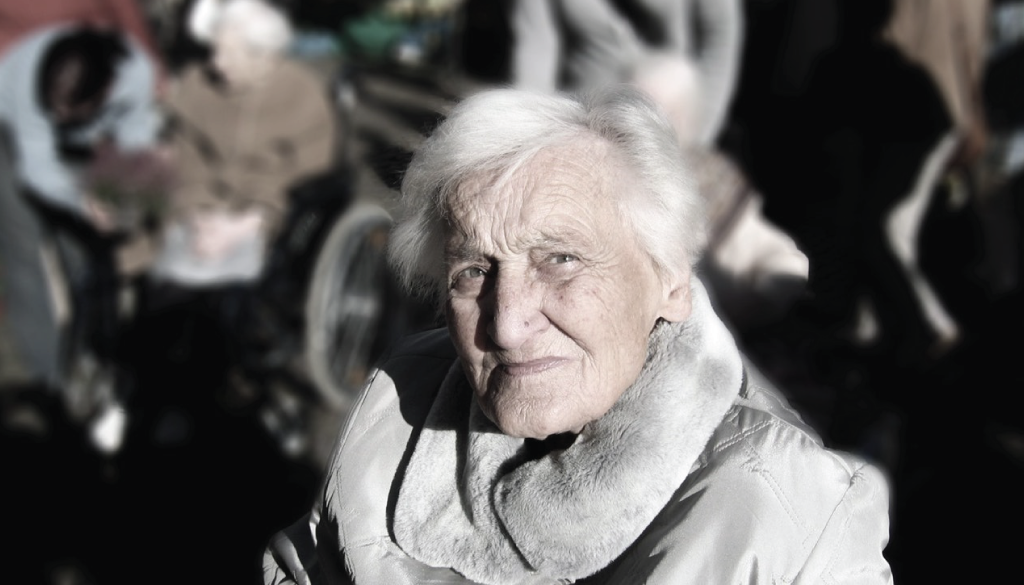Global News released an article on November 21 highlighting the challenges seniors face when seeking care in more rural communities. They reported that seniors have been placed in care up to 200 kilometers from home. This makes it more difficult and costly for families to visit frequently, and ultimately affects the quality of life—and some could argue—the quality of care for seniors.
Seniors advocates in rural communities will tell you that this isn’t a new issue. Families and seniors tell BCCPA and our members that they want to receive care in their communities, and stay close to their families and friends in familiar surroundings. This can reduce social isolation faced by seniors in care and reduce stress for families.
But this isn’t always possible in communities when there isn’t enough appropriate care, or in some cases, any long-term care available.
Often, seniors who struggle most are those with complex behaviours or health needs.
The solution to meeting the needs of rural seniors isn’t a simple one.
Certainly, more care homes are part of the answer, especially as we prepare for an aging population. But B.C. must also seek to understand the availability of care, based on geography, along with population demographics. We must look at not only the current landscape, but we also need to assess what the availability of care is likely to look like 10 to 20 years in the future.
The solution doesn’t stop there.
We must also look at innovative care models. Models like “care hubs”, which emerged as a promising approach at the inaugural 2016 Care Collaborative where the BC Care Providers Association (BCCPA), in partnership with the Ministry of Health, brought together over 150 stakeholders from across the continuing care sector to turn ideas into actions.
Care hubs, like that in Niverville, Manitoba, seek to integrate the larger community around a care home – often bringing in services such as adult day-programs, foot-care as well as services for the public, such as pubs or community programing. This model has the capacity to make operating a care home in smaller communities more feasible, while supporting people to receive the care they need, close to where they’ve lived, sometimes for their entire lives.
We also need to think about staffing.
Health and Human Resources pose both a challenge and an opportunity for providing care in rural communities. Province wide, we are experiencing a seniors care workforce shortage, yet rural communities are often hardest hit, from RN’s, LPN’s and Care Aides to housekeeping staff and cooks.
Speaking to this issue earlier this fall BCCPA CEO, announced that the “B.C. Care Providers Association aims to partner with the Ministry of Health, health authorities and with labour unions to increase the chances of success of the push for more workers.”
BCCPA is calling for the revival of the once-successful “B.C. Cares” initiative, launched in 2008, to address the issue of displaced workers during the economic recession. This partnership between the provincial government, labour groups and other industry stakeholders ultimately encouraged thousands of candidates to seek a career in seniors care.
This strategy would focus on the inclusion of historically underemployed groups – including women, people who identify as First Nations, and people in rural communities. This approach would support people who want to live and work in their communities while concurrently supporting seniors to age in close to their previous home.
While the solution isn’t simple, ingenuity and partnership can help us support B.C. seniors who live outside of urban centres.





